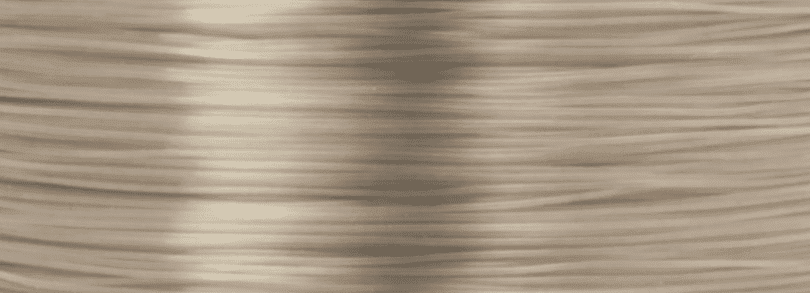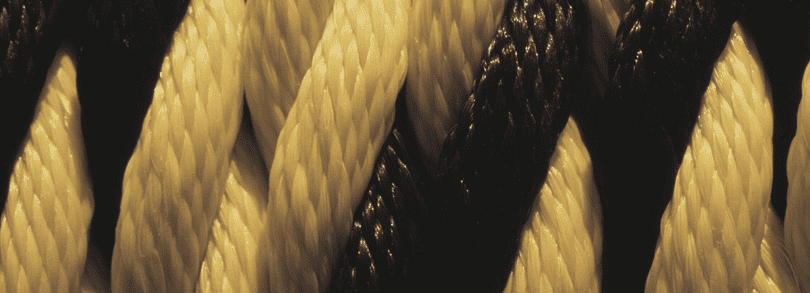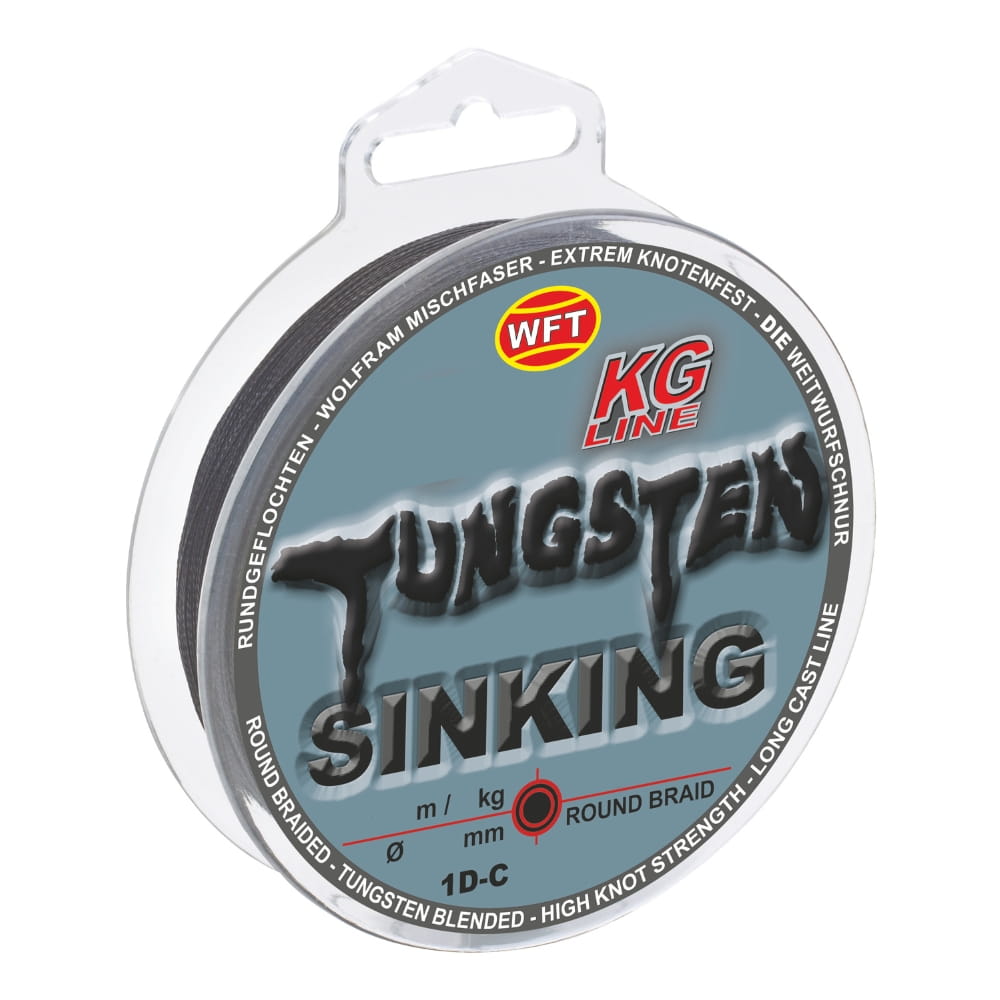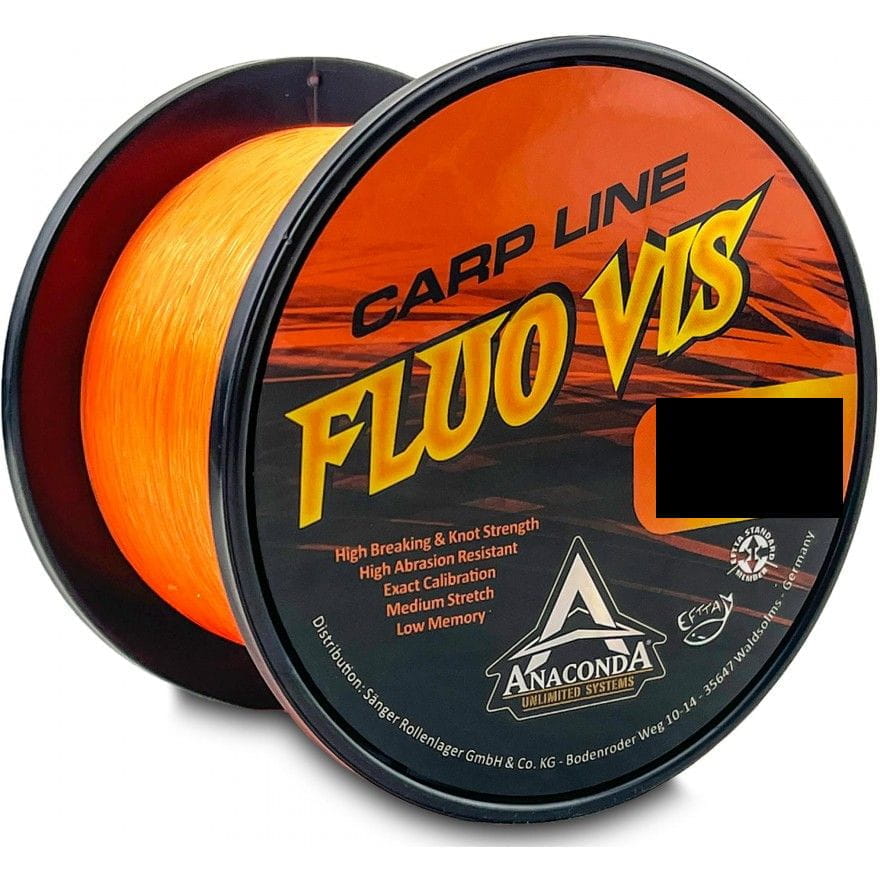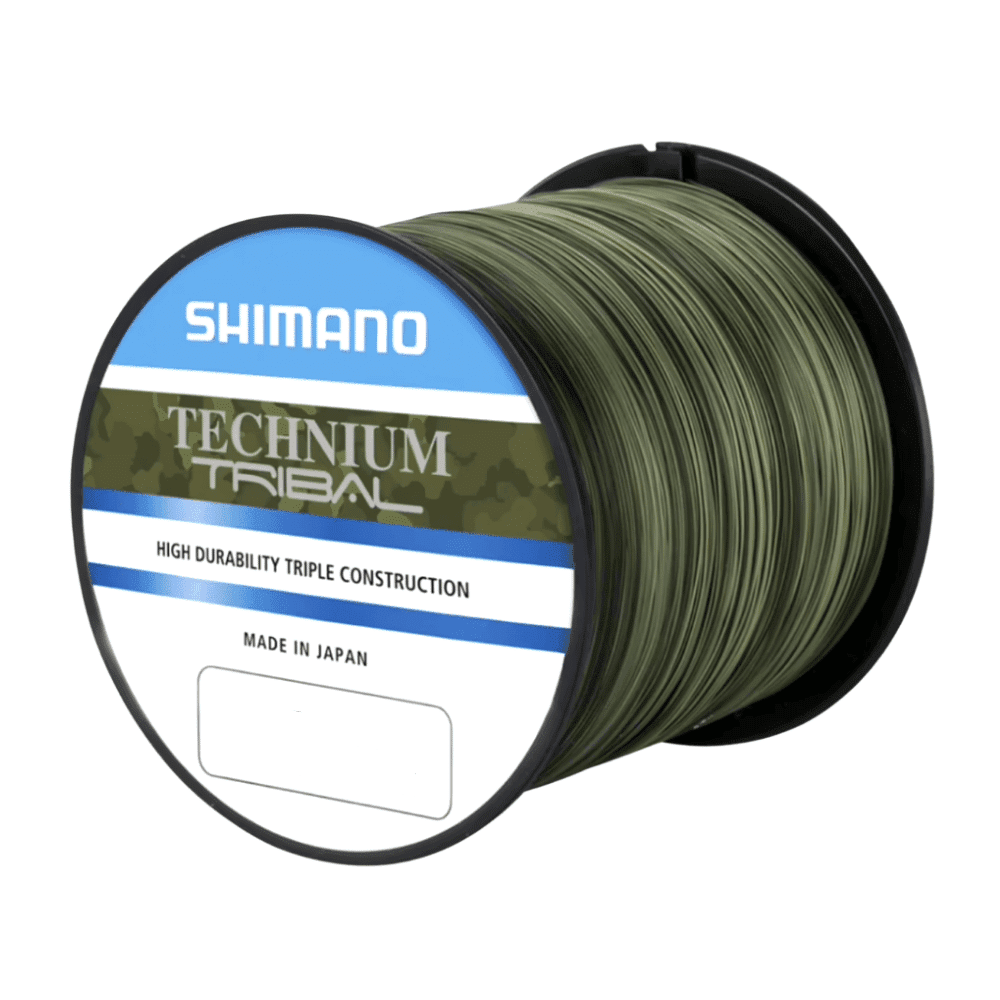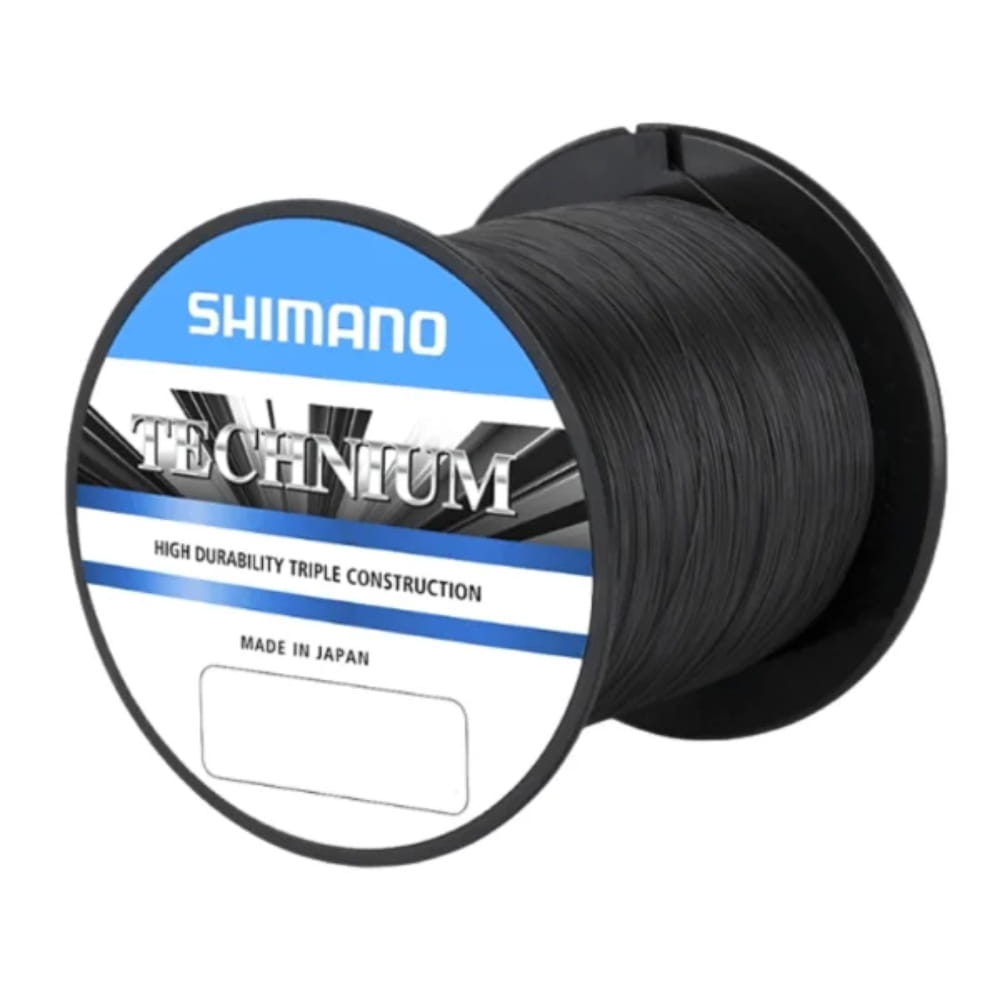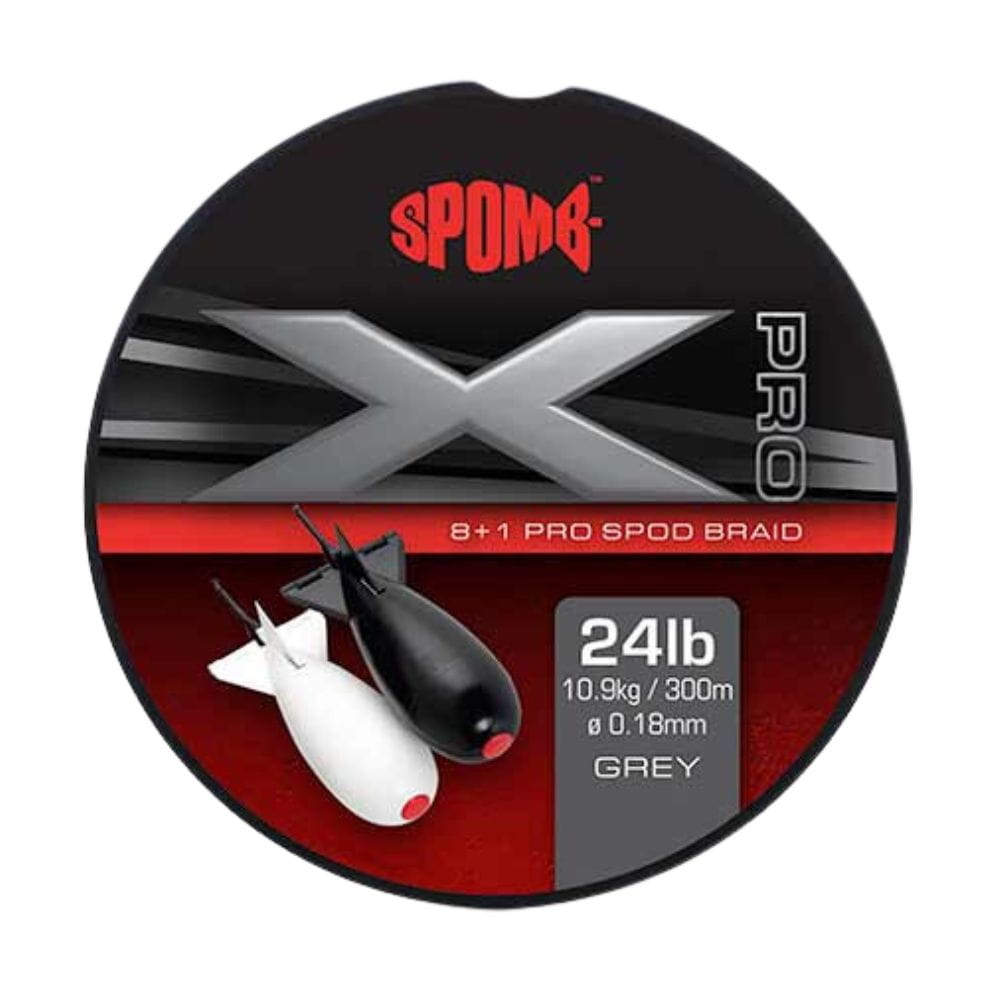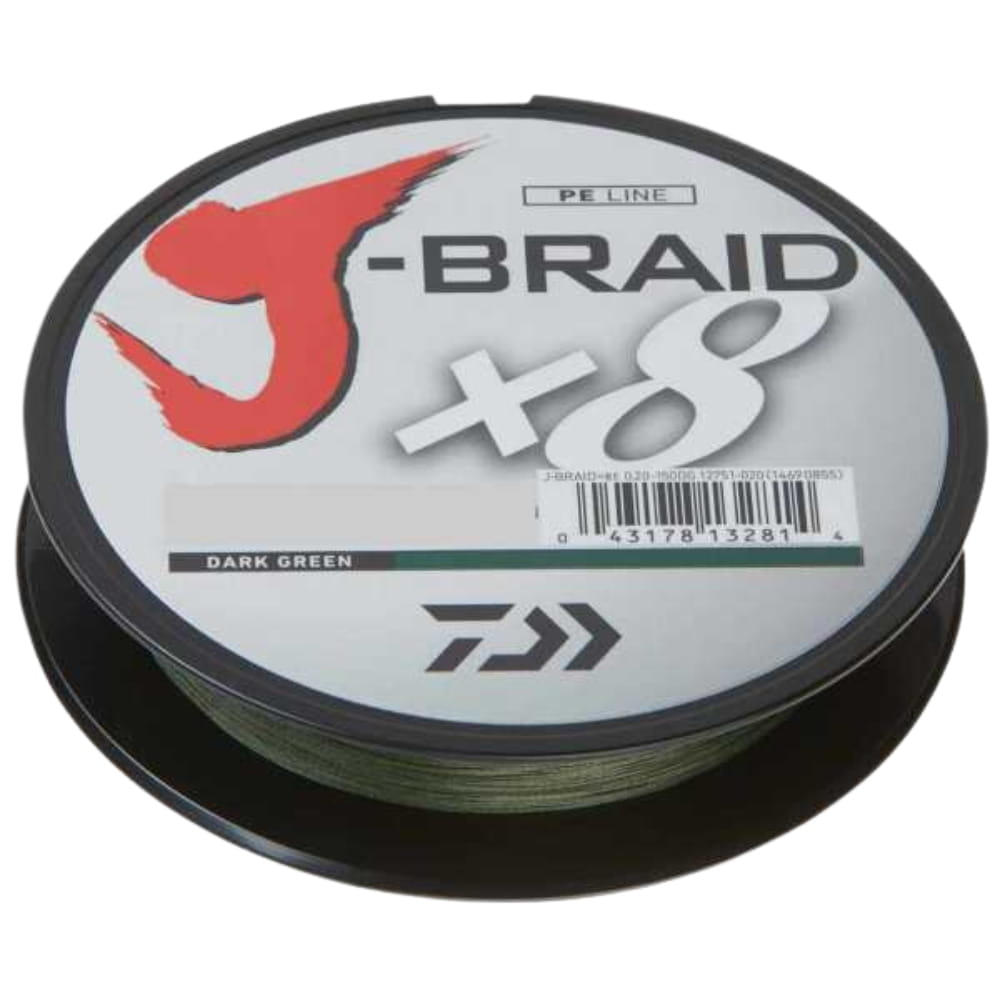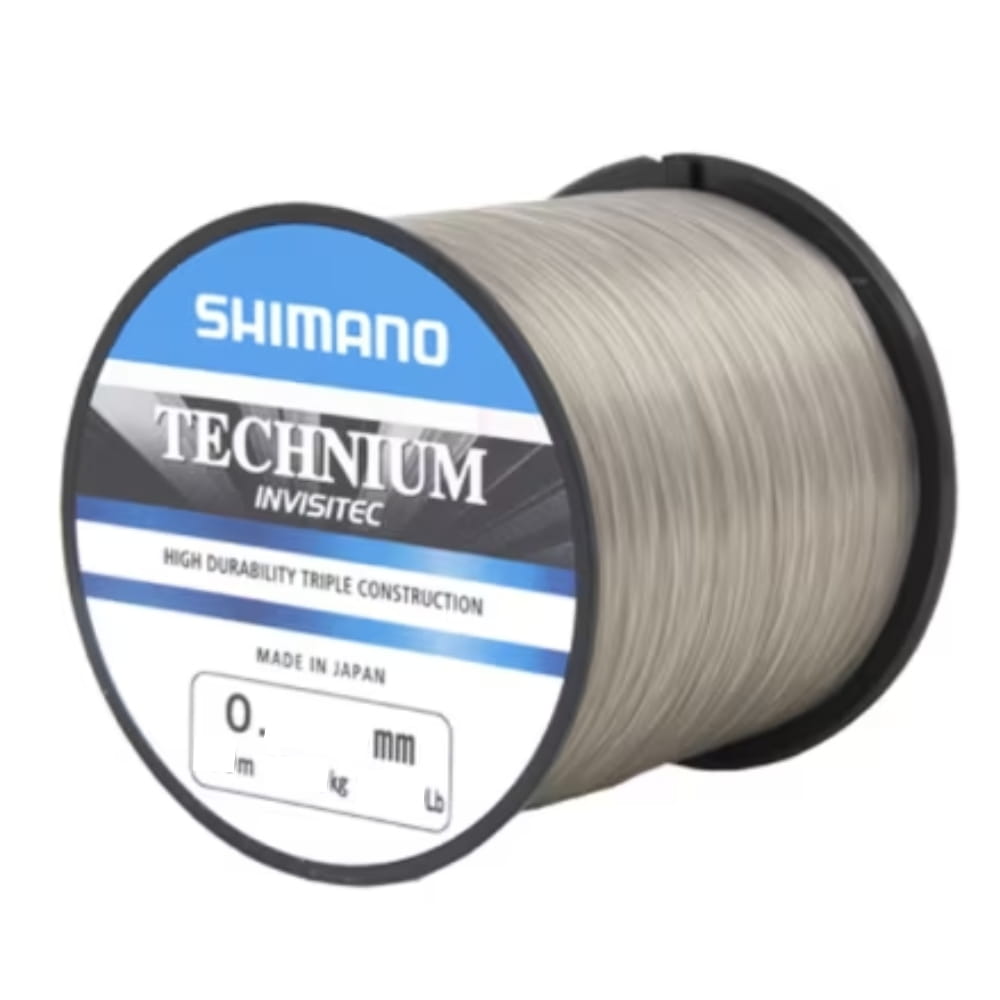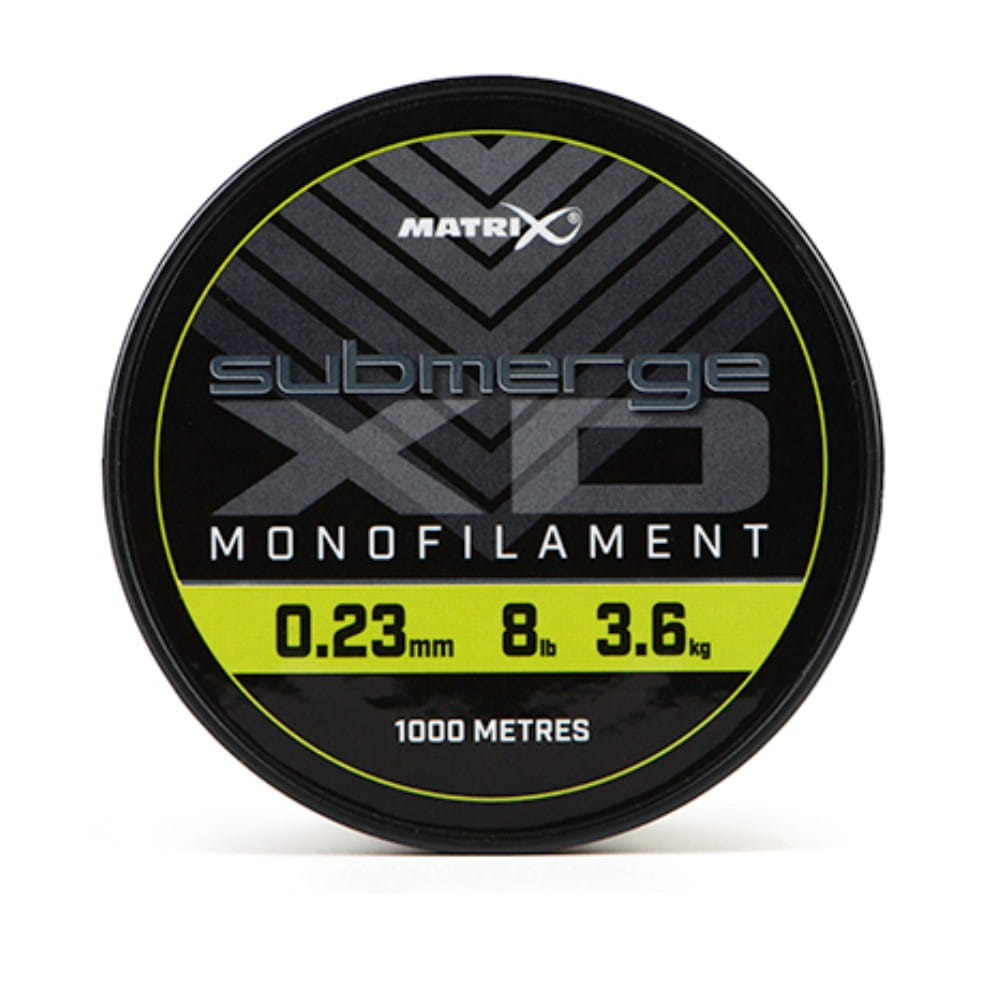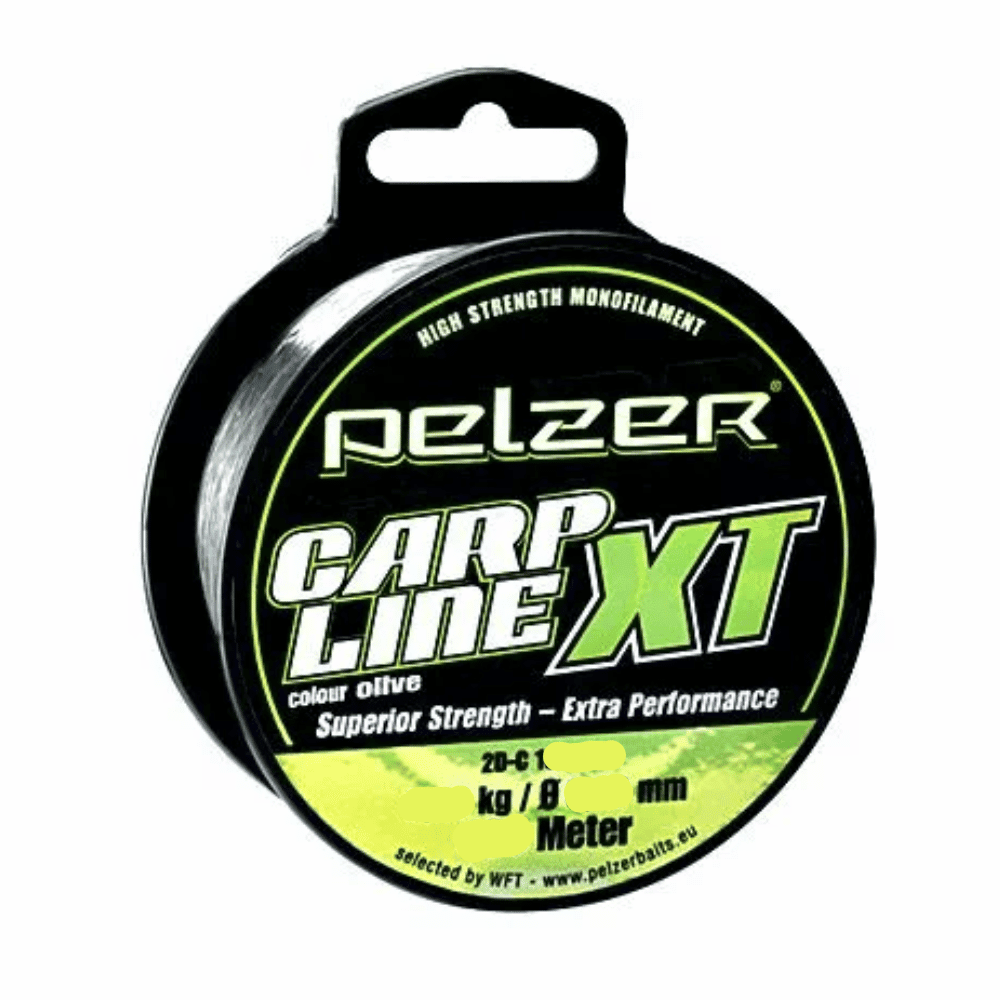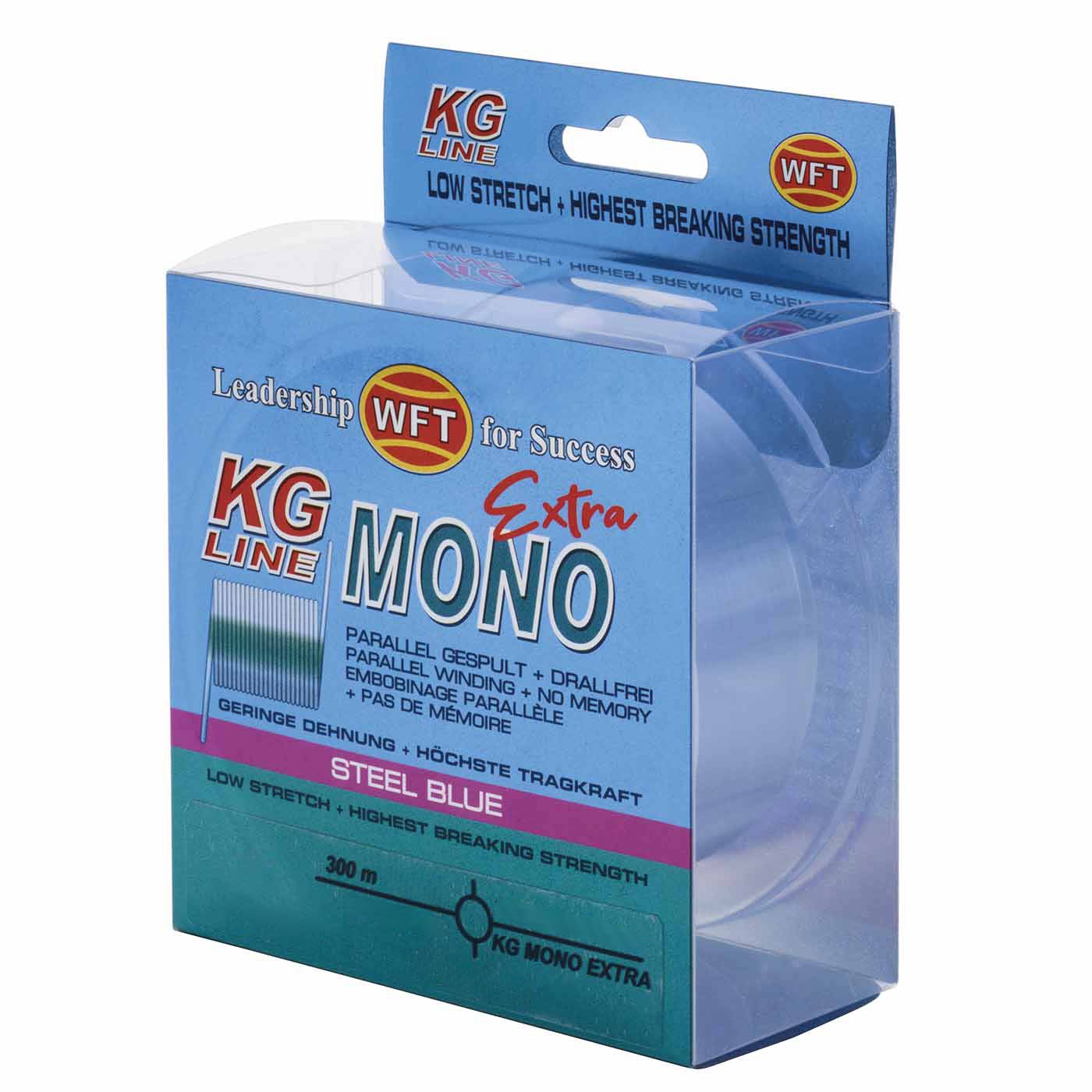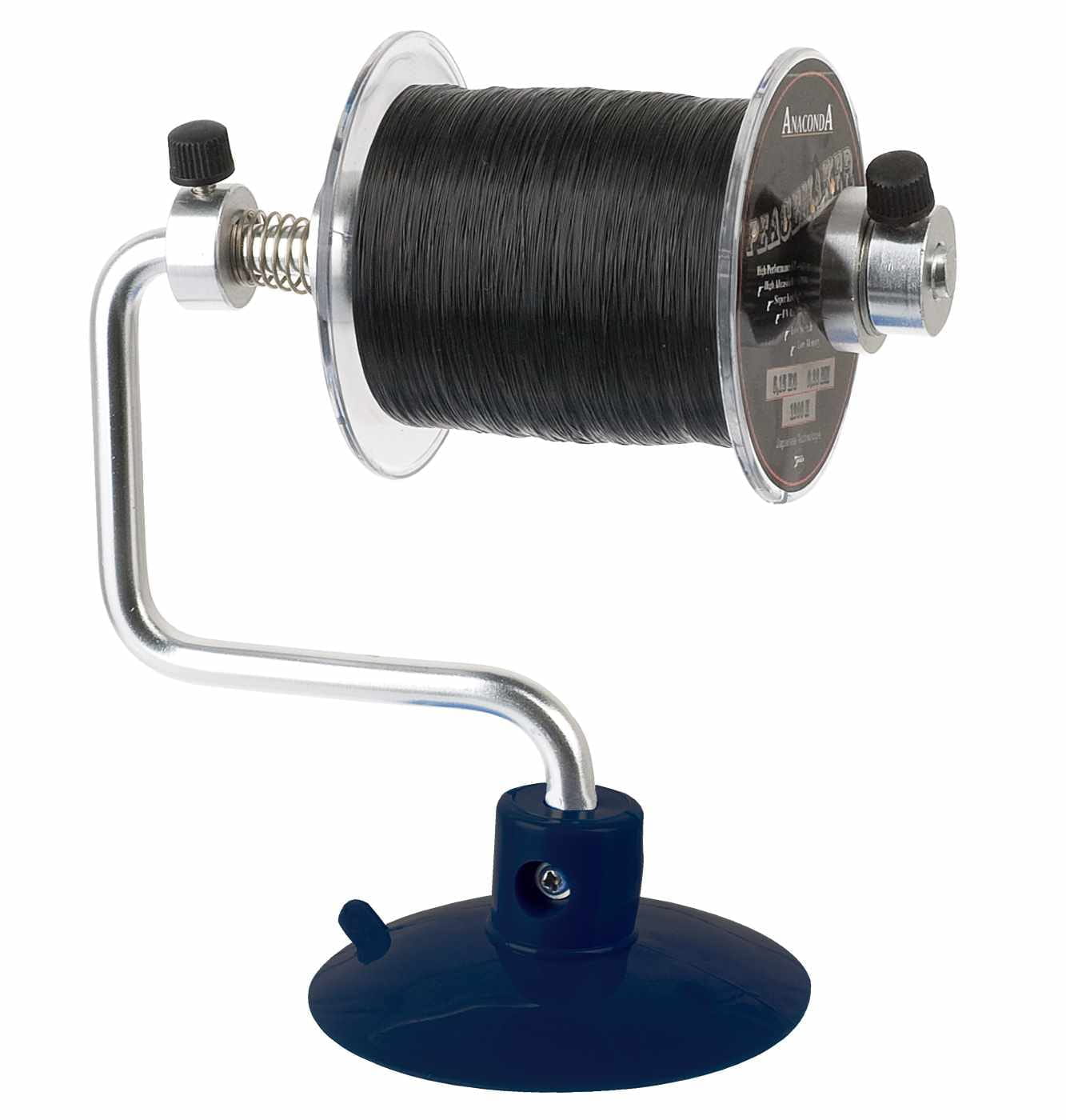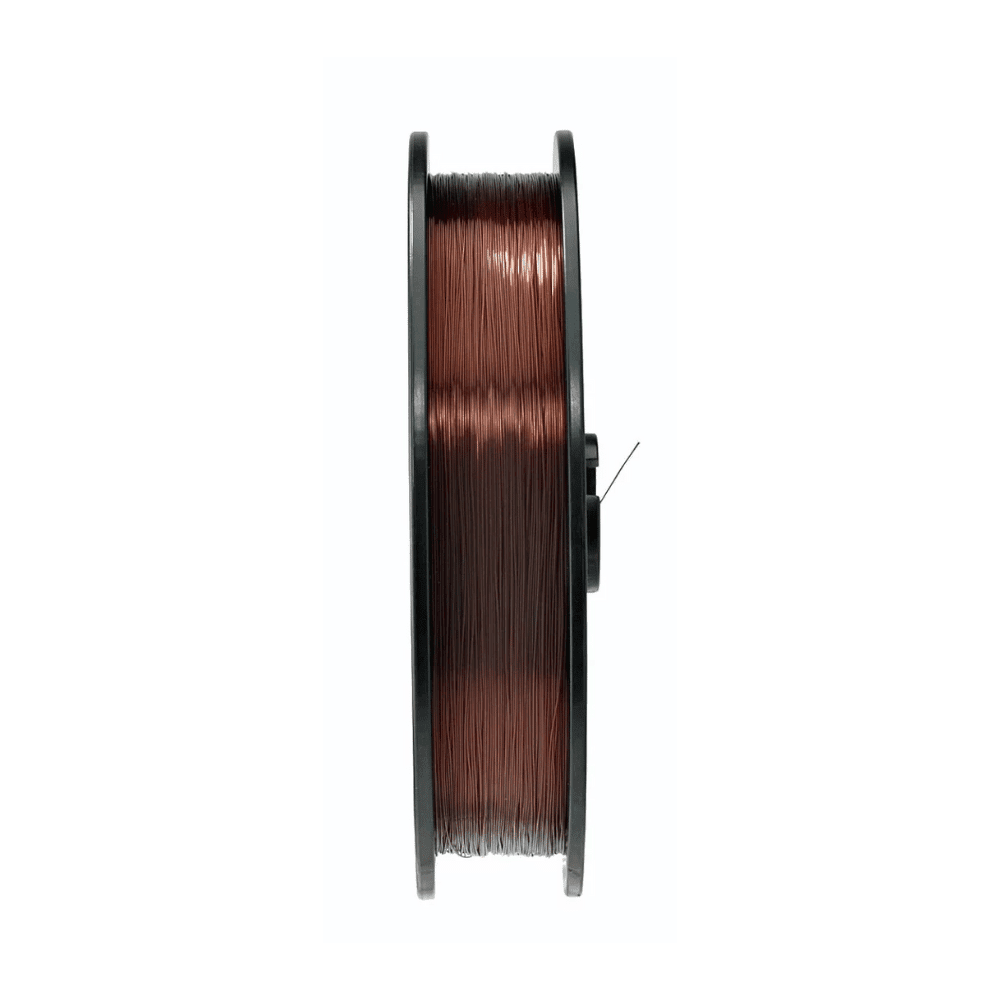Fishing line
Filter products
€45.77*
€24.77*
€27.77*
€27.77*
€37.77*
€27.77*
€7.77*
€24.77*
€24.77*
€17.77*
€11.77*
€9.77*
€9.77*
€7.77*
€6.77*
€5.77*
€12.77*
€11.77*
Average rating of 5 out of 5 stars
€11.77*
€13.77*
Fishing Lines: An Overview
Fishing lines are an essential part of fishing equipment and play a crucial role in catching fish. There are different types of fishing lines, including monofilament, braid, whipping lines, leader lines, and leadcore. Each of these cords has specific properties and applications.
Monofilament lines
Monofilament lines are versatile and work well for various fishing techniques. They have a certain amount of stretch, which cushions the fish's movements well during the fight. Monofilament lines are ideal for carp fishing, feeder or match fishing.
Braided cords
Braided lines are particularly strong and thin in diameter. They are ideal for spin fishing or sea fishing. Braided lines have less stretch, allowing for precise bait control.
Leader lines
Leader lines are short and strong and are used between the main line and the bait. They offer additional protection against line wear and make it easier to change baits quickly. Leader lines are available in different materials and strengths depending on the species of fish you are targeting. When spinning for predatory fish, steel leaders are used to prevent the line from being bitten through.
Fluorocarbon
Fluorocarbon is almost invisible in water because it refracts light in a similar way to water. This makes the line difficult to see for wary fish. It is also highly abrasion resistant, meaning it is less prone to line wear when dragged over sharp edges or rough structures. It is therefore often used as a leader line.
batting lines
Strike lines are used as leader lines and are used to separate the bait from the main line. They are usually made of strong material and protect against tears caused by sharp teeth or rough surfaces. Strike lines are essential when surf fishing or carp fishing over long distances.
Leadcore
Leadcore lines are coated with lead and are particularly suitable for carp fishing. They allow for precise bait placement.
What you should pay attention to:
When buying fishing lines, you should pay attention to the load capacity, diameter, stretch properties and quality of the material. Make sure the line fits your fishing technique and the species of fish you are targeting. Invest in high-quality lines to avoid unwanted line breaks and frustration.
Choosing the right fishing line is crucial to your fishing success. Choose the line that best suits your needs and enjoy successful fishing trips with the confidence of being well equipped.

